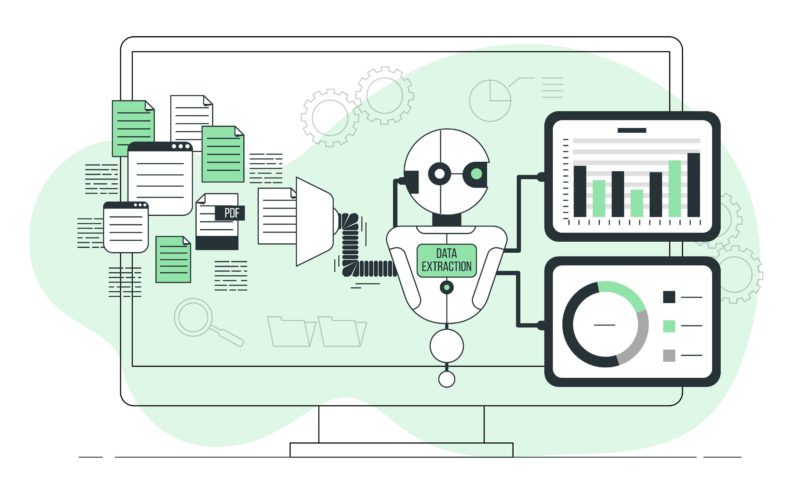David Dunham said, “Efficiency is intelligent laziness,” and that’s a quote worth ruminating on. We like that quote because a big part of running a good business is knowing how to strategically spend your resources. These resources can be capital, manpower, or even abstract concepts like time and good decisions.
If you’re struggling to stay efficient as a business, it may be time to shift your perspectives a bit. Sort of like an intermediate musician realizing that to become advanced, they need to move on from pure technique and focus on expression and musicality.
If you feel like your business is floundering or lacking in efficiency, then we have three tips that just might make a difference. Let’s start with a big one.
1. Use Meetings Wisely
In any operation, time is one of the most valuable assets, but too many companies squander it on long meetings. If you want to get efficient, consider moving away from status reports and long discussions and toward decision-making.
McKinsey recommends a comprehensive approach called DARE. It stands for deciders, who are the only ones who can vote. The advisers who provide input and help shape decisions. The recommenders, who point out the pros and cons and multiple options, and finally the executors, who may need to ask clarifying questions.
Restructuring your meeting time to focus on good decision-making is the most efficient use of time and applies even to new businesses. Research shows that organizations could save upwards of $25,000 per year by reducing unnecessary meeting attendance. It’s not surprising in the least. Time is money, and if you want to be efficient as a business, you need to run your meetings well.
2. Take Active Steps to Limit Errors and Mistakes
Sometimes, small mistakes and errors might not have any adverse effects, and that gives people a ‘fix it later’ mindset. However, these errors and mistakes can accumulate over time and seriously affect your operations.
So, on a day-to-day level, it might mean knowing how to avoid chargeback fees. That sounds random, but it can be a huge problem over time. Similarly, it can also mean remembering to file invoices in advance to avoid dealing with late fees and lost windows.
These may not seem like big issues, but they add up over time. Take chargeback fees, for instance. They may initially cost only $20 to $100, but you have to factor in administrative and other fees. This can make a $100 chargeback cost your company $250, and you didn’t even make any profits from that sale.
Avoiding errors has to be something you focus on at every level, even in higher financial matters. According to Investopedia, one way to minimize them is making it standard to do monthly bank reconciliations. This refers to the process of comparing your internal financial records with your company’s bank statements.
In other words, constant vigilance is the key, but you also need to be able to zoom out to understand the next point.
3. Focus on What Works in a Broader Economic Context
It’s no secret that many people are financially struggling these days. According to insights from Deloitte, 35% of global respondents claim their finances are 40% worse than the previous year. They also found that 73% of people are worried about rising prices of everyday commodities.
As such, you have to understand how your operation fits into a market where people are being extra careful with their expenditures. While you can’t flip your entire business model every time the market dips, you can focus on smaller changes that’ll still have an impact.
If you’re a brick-and-mortar store, this could mean offering deals and discounts on products that are going to bring people into the store. When cash is short, people are more likely to walk into a store offering a discount on everyday commodities rather than on expensive electronics.
On a larger level, you can tweak your marketing strategy to highlight themes like ‘Value’. If it’ll make a difference, you could also reevaluate your supply lines and switch to something like a JIT inventory model to increase efficiency.
The possibilities are endless, but the goal is the same: do what works in the context and the world that your customers live in. Often, this can be very different from the one you as an entrepreneur and business owner are in.
To summarize, if you’re worried about business efficiency, remember that it’s often the result of multiple small decisions rather than a few big ones. But the best part about efficiency is that it’s something any business, at any size or stage, can benefit from prioritizing.












